Deogyusan Resort (무주덕유산리조트(구, 부영덕유산리조트))
8.0 Km 32369 2024-04-07
185, Manseon-ro, Seolcheon-myeon, Muju-gun, Jeonbuk-do
+82-63-322-9000
Deogyusan Resort (former Muju Resort) is located in Mt. Deogyusan, and is a representative mountain resort. It blends in beautifully with the scenery of Mt. Deogyusan National Park, and is the perfect place to enjoy winter sports.
Deogyusan Resort is great place to relax all year round, with Alps-style first class hotel and a variety of convenience facilities in its 2,200,000 pyeong area. The resort is especially famous for its ski courses, and many enthusiasts come here during the winter. At Manseonbong Peak (1,215m) skiing grounds, there is a lift that can handle 13,000 people at once, and there are a variety of courses from beginners' to professional levels.
Seolcheon Peak (1,520m) skiing ground where Asian Universiade competition officially opened, has a variety of gondolas and lifts, along
with a hot spring to relax after skiing. The outdoor hot springs with snow-covered mountains is especially famous.
In addition to the aforementioned facilities, you can enjoy tennis, mountain climbing, MTB, and horse riding, and at the theme-based shopping mall, Carnival Street, there are interesting products to see and food to enjoy. You can buy famous brand products from all over the world here cheaply, so look around.
Chiryeongyegok Valley (칠연계곡)
12.0 Km 19500 2024-04-07
608, Chiryeon-ro, Muju-gun, Jeonbuk-do
+82-63-323-0577
Chiryeongyegok Valley is situated behind Tongan Village in Anseong-myeon near Deogyusan Mountain. While not as famous as the valley in Gucheon-dong, the valley boasts a beautiful array of waterfalls, oddly shaped rocks, and ponds. The best known attraction is Chiryeonpokpo Falls, meaning “seven falls connected to pools.” There, pure water flows gently, moving from one pool to the next.
Rajetongmun Gate (라제통문)
12.3 Km 25126 2024-04-07
Rajetongmun-ro, Muju-gun, Jeonbuk-do
+82-63-322-2905
The historical border of the Silla and Baekje Kingdoms, Rajetongmun Gate of Seolcheon-myeon, Muju was formed from a rock cave in Seokgyeonsan Mountain. The tunnel is approximately 3 meters in x_height and 10 meters in length, and divides the villages of Sindu Maeul into Dugil-ri, Seolcheon-myeon and Inam Maeul in Socheon-ri. During the Three Kingdoms Period, the rocky ridges of Seokgyeonsan Mountain drew the boundary of Silla's Mupung in the east with Baekje's Seolcheo to the west.
Tracing the history from the Three Kingdoms Period to the Goryeo dynasty, the cultures and traditions of the two regions were markedly different. If curious about the difference, one could simply stop by Seolcheon on market day, where the Muju and Mupung local
dialects and customs can easily be distinguished.
People used to cross Seokgyeonsan Mountain by a footpath along the rocky ridge to travel between Seolcheon and Mupung. During the Japanese occupation, a new road was created by turning a cave into a tunnel through the mountain so cows and horse carts could freely pass from Muju to Gimcheon.
General Kim Yoo Shin from the Silla Kingdom, the hero of unification of the Three Kingdoms, often passed by the gate, later giving rise to the gate's nickname, Tongilmun (literally "Unification Gate"). The gate
is number one on the list of 33 scenic sites in Gucheon-dong.
Jeoksangsan Mountain (적상산)
13.0 Km 22250 2024-04-07
Goemok-ri, Muju-gun, Jeonbuk-do
+82-63-322-4174
As one of the best scenic mountains in Korea, Jeoksangsan Mountain (1,030.6 meters) showcases imposing, steep rock walls. Jeoksangsan, also called Red Skirt Mountain, got its name from the view of red maple trees around cliffs in fall that makes the mountain look like a giant red skirt. The mountain boasts a variety of attractions from Hyangnobong Peak (1,029 meters), Cheonilpokpo Falls, Songdaepokpo Falls, Jangdobawi Rock, Janggunbawi Rock, and Allyeomdae Cliff.
The rugged shape of the mountain was considered ideal for building a fortress. And after Jeoksangsan became a designated site for storing Joseonwangjo Sillok (annals of the Joseon Dynasty), the fortress surrounding it was further rebuilt. The mountain is also home to Anguksa Temple, an ancient temple built in 1227 (during the 3rd year of King Chungryeol’s reign) by Monk Wolin. The mountain can easily be climbed by hiking or by vehicle; there is a paved road stretching over 15 kilometers that leads to the top of the mountain thanks to the construction of Muju Power Plant, letting tourists visit Sanjeong Lake and Anguksa Temple conveniently.
Muju Anguksa Temple (안국사 (무주))
13.1 Km 13908 2024-04-07
1050, Sanseong-ro, Muju-gun, Jeonbuk-do
+82-63-322-6162
As the only temple in Jeoksangsan Mountain, Anguksa Temple was built in 1227 (during the 3rd year of King Chungryeol’s reign) by Monk Wolin. A secret historical archives, called Sagak, was built to store Joseonwangjo Sillok (annals of the Joseon dynasty) in 1614 (during the 6th year of King Gwanghaegun’s reign) within the mountain, while Seonukgak was built in 1641 (during the 19th year of King Injo’s reign) to store Seonwonrok (royal genealogical records). The two sites were designated as Jeoksangsan Historical Archives during the Joseon dynasty. Hoguksa Temple was also built at that time to prevent accidents from affecting the archives. The temple, along with the existing Anguksa Temple, was used to house monk soldiers who protected the archives.
Because of the construction of Muju Power Plant, Anguksa Temple was relocated to the Hoguksa Temple site and rebuilt in 1995. Consisting of 15 buildings, the temple is surrounded by Sanjeong Lake. Boasting exquisite fall foliage, the temple can be easily reached by vehicle along a paved road. The nearby attractions include Muju Resort and Muju Gucheondong Valley.
Jeoksangsan National History Archives Site (적상산사고지)
13.1 Km 22463 2024-04-07
960, Sanseong-ro, Muju-gun, Jeonbuk-do
+82-1899-8687
During the Imjin War (1592-1598), many of the National Archives in the capital and the surrounding area were burned down. After this, the archives were duplicated and stored in a variety of locations thoughout the county. The National Archives of Jeoksangsan Mountain was founded in 1614, when important national archives were moved from Myohyang Confucian Academy, with others being added in 1641. This national archives site served a very important role throughout over 300 years of Korea’s history, until it was closed by the Japanese during the Japanese occupation.
Wonhak Goga (Wonhak Old House) [Korea Quality] / 원학고가 [한국관광 품질인증]
13.9 Km 10637 2019-12-05
109-5, Hwangsan 1-gil, Wicheon-myeon, Geochang-gun, Gyeongsangnam-do
+82-10-5359-2224
Located in Geochang, Wonhak Goga (Wonhak Old house) is regarded as the most beautiful hanok, or traditional Korean house, in the village of Hwangsan. Designated as Folk Material No. 17 in recognition of its value as a historic material, it is the largest and best preserved noble house in Gyeongsangnam-do Province, and is currently managed by Park Jeong-ja, the wife of the eldest son of the head family. It was originally opened to the public for the annual Keochang International Festival of Theater (KIFT) as there was insufficient accommodation to lodge the thousands of visitors to the festival. Therefore, the county suggested that Park provide people with a hanok accommodation to promote the village’s traditions. Accepting the suggestion, Park renovated the house by expanding the sarangchae room installing a modern-style washroom, and providing clean high-quality bedding. The house itself consists of seven structures in total including the anchae, sarangchae, jungmunchae, gotganchae, a tall gate, and a rear gate. Both the sarangchae and anchae have a half-hipped roof. Notably, the sarangchae has a total area of 99m2 and features a large girder and a round foundation stone. This traditional hanok house also boasts high-quality, refined interior decoration. The Geochang area is well known for both the Suseungdae scenic point, whose splendid surroundings include pure crystalline water, rocks, and a pine grove, and the Keochang International Festival of Theatre (KIFT) which is held every summer. After passing the main gate of the Suseungdae scenic point, in Whicheon-myeon, Gaochang-gun, and continuing along the road, visitors will come to Hwangsan Village, where a 600-year-old-zelkova tree welcomes them. In addition, visitors can enjoy the mural paintings created as part of a public art project by Geochang County while walking along the 1.2km-long stonewall (designated as a Gyeongsangnam-do Folk Material). The village of Hwangsan consists of two districts, one of which contains about fifty 100- to 200-year-old hanok houses, as well as Wonhak Goga, which has stood at the center of the village for about 500 years. Wonhak Goga, or the Old House of the Shin Clan, was originally built by Shin Gwon (pen-name Yosu), but was then demolished and rebuilt by Shin Jong-sam, a 10th-generation descendant of the family, in 1927. It is also a renowned family house and has remained a symbol of the family’s wealth and authority for many generations. Park’s father-in-law, Shin Do-seong, was a member of the National Assembly and worked as the Ministry of Unification, while her husband, Shin Wi-beom, worked as a school juristic person, gaining people’s confidence and trust. Furthermore, the house stands in an auspicious location in terms of geomantic principles, according to which the family’s descendants will have a peaceful and prosperous life for the next 400 years. Park hopes that guests will enjoy their stay amid the serene atmosphere of this old hanok house.
Muju Meoru Wine Cave (무주머루와인동굴)
14.0 Km 35893 2024-04-07
359, Sanseong-ro, Muju-gun, Jeonbuk-do
+82-63-322-4720
Muju Meoru Wine Cave is surrounded by a beautiful natural landscape and various cultural heritages. The wine tunnel used to be an excavation working site to build the Muju Water Power Plant. The cave makes for an ideal place to mature and store wine as it blocks light and maintains a consistent temperature. Visitors can enjoy the taste and charm of sanmeoru (wild grape) wine and also experience a unique wine foot bath.
Muju Firefly Festival (무주 반딧불축제)
14.0 Km 83152 2024-04-07
326-14, Hanpungnu-ro, Muju-gun, Jeonbuk-do
+82-63-324-2440
The Muju Firefly Festival takes place every fall in the pure environment of Muju, a natural habitat for fireflies and the marsh snails the fireflies feed on. The festival offers many attractions and activities to learn more about the beautiful nature and creatures that live in it.
Geochang Suseungdae Rock (거창 수승대)
14.1 Km 13838 2020-08-28
2, Eunhari-gil, Geochang-gun, Gyeongsangnam-do
+82-55-943-5383
Suseungdae Rock is located near Hwangsan Village in Geochang-gun, Gyeongsangnam-do. The rock was originally called Susongdae Rock during the Three Kingdoms Era when it served as the final stop for envoys sent from Baekje to Silla. The name later changed to Amgudae Rock during the reign of Joseon King Jungjong. It wasn't until 1543 that it was called Suseungdae Rock. There are many historical and cultural sites in the area relating to the Geochang Sin family.
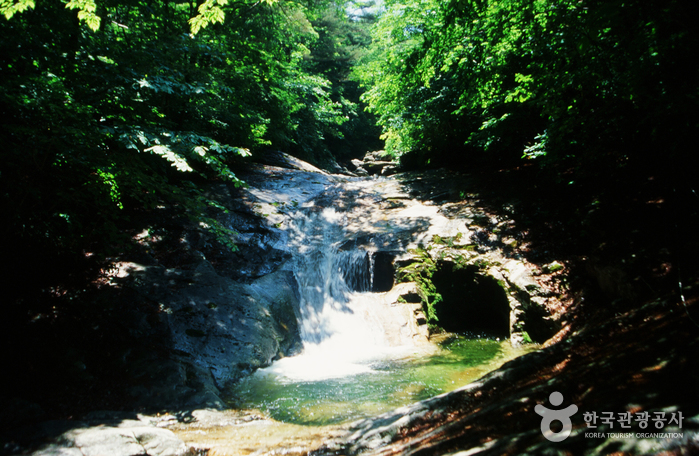
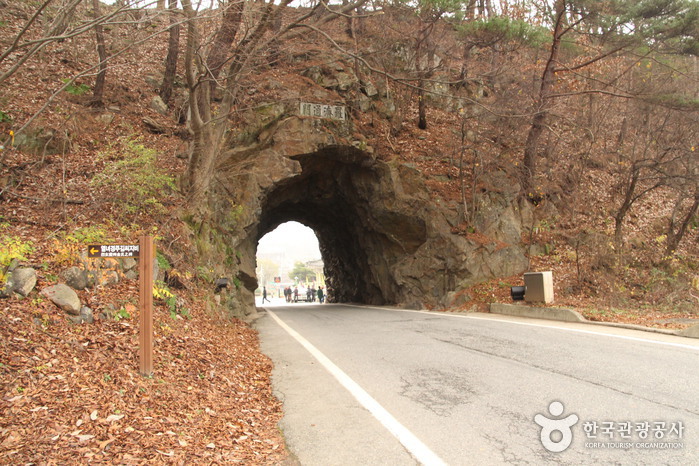
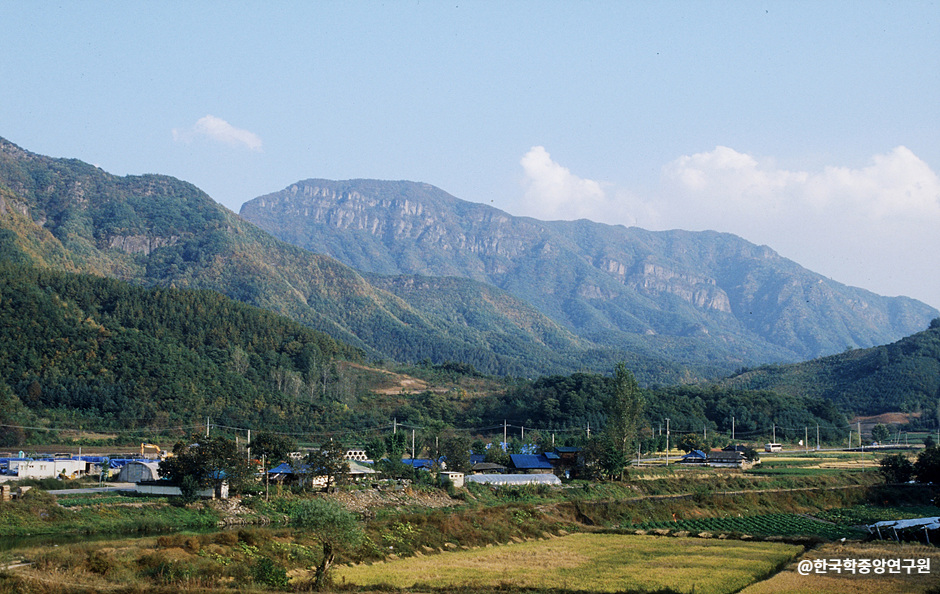

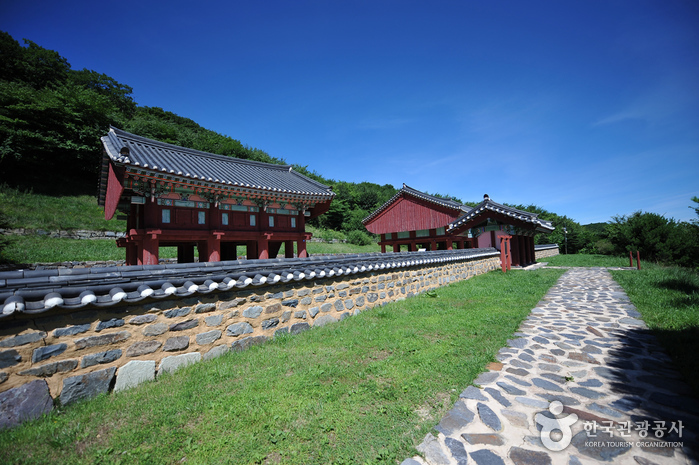
![Wonhak Goga (Wonhak Old House) [Korea Quality] / 원학고가 [한국관광 품질인증]](http://tong.visitkorea.or.kr/cms/resource/13/2572413_image2_1.jpg)
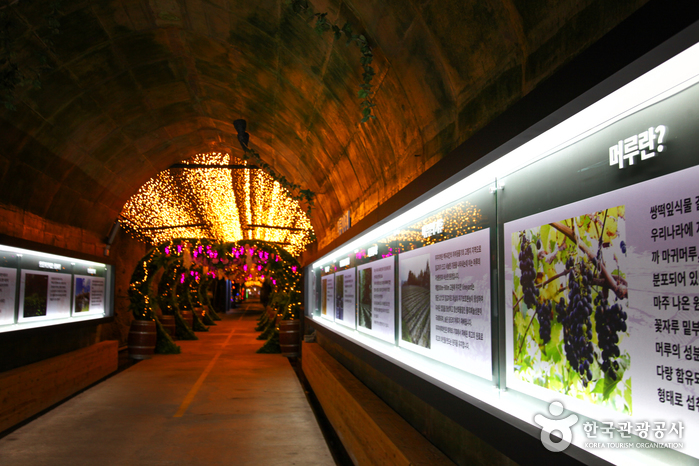
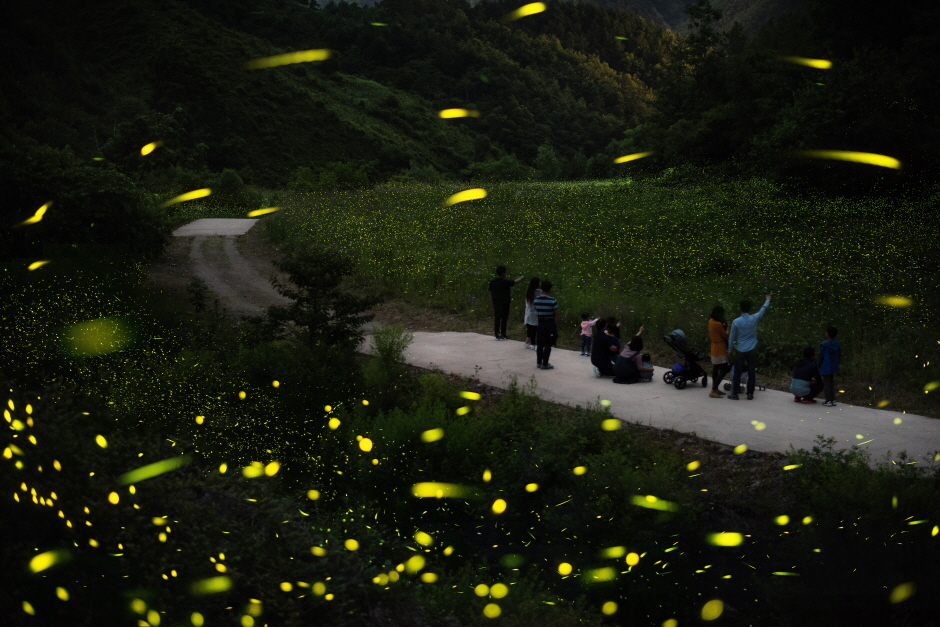
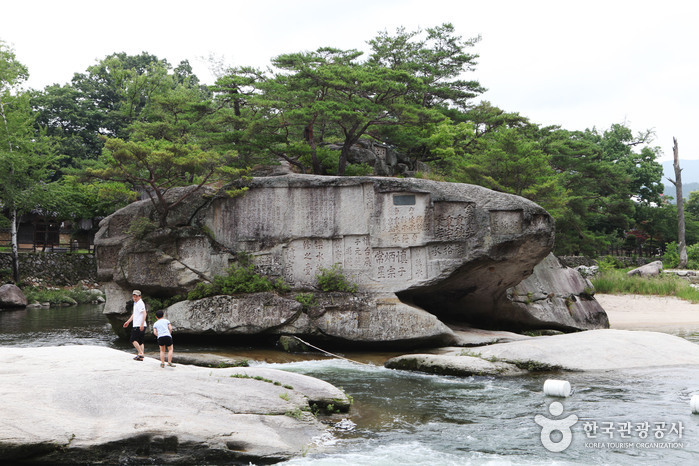
 English
English
 한국어
한국어 日本語
日本語 中文(简体)
中文(简体) Deutsch
Deutsch Français
Français Español
Español Русский
Русский